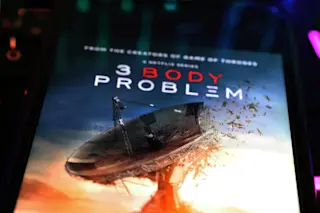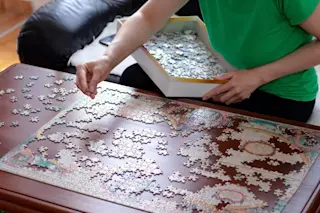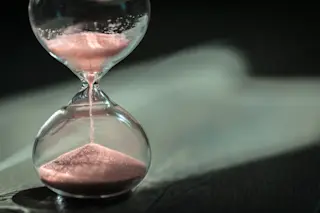Imagine my relief when I made it out of bed alive last Monday morning. It was touch and go there for a while, but I managed to scrape through.
Getting up was not the only death-defying act I performed that day. There was shaving, for example; that was no walk in the park. Then there was showering, followed by leaving the house and walking to work and spending eight hours at the office. By the time I finished my day--a day that also included eating lunch, exercising, going out to dinner, and going home--I counted myself lucky to have survived in one piece.
Until recently I’d had no idea that an ordinary Monday could be such an extraordinary minefield--but a minefield it is. According to mortality studies conducted by dozens of organizations, from the National Safety Council to the American Medical Association, the Department of Health and Human Services, and ...














